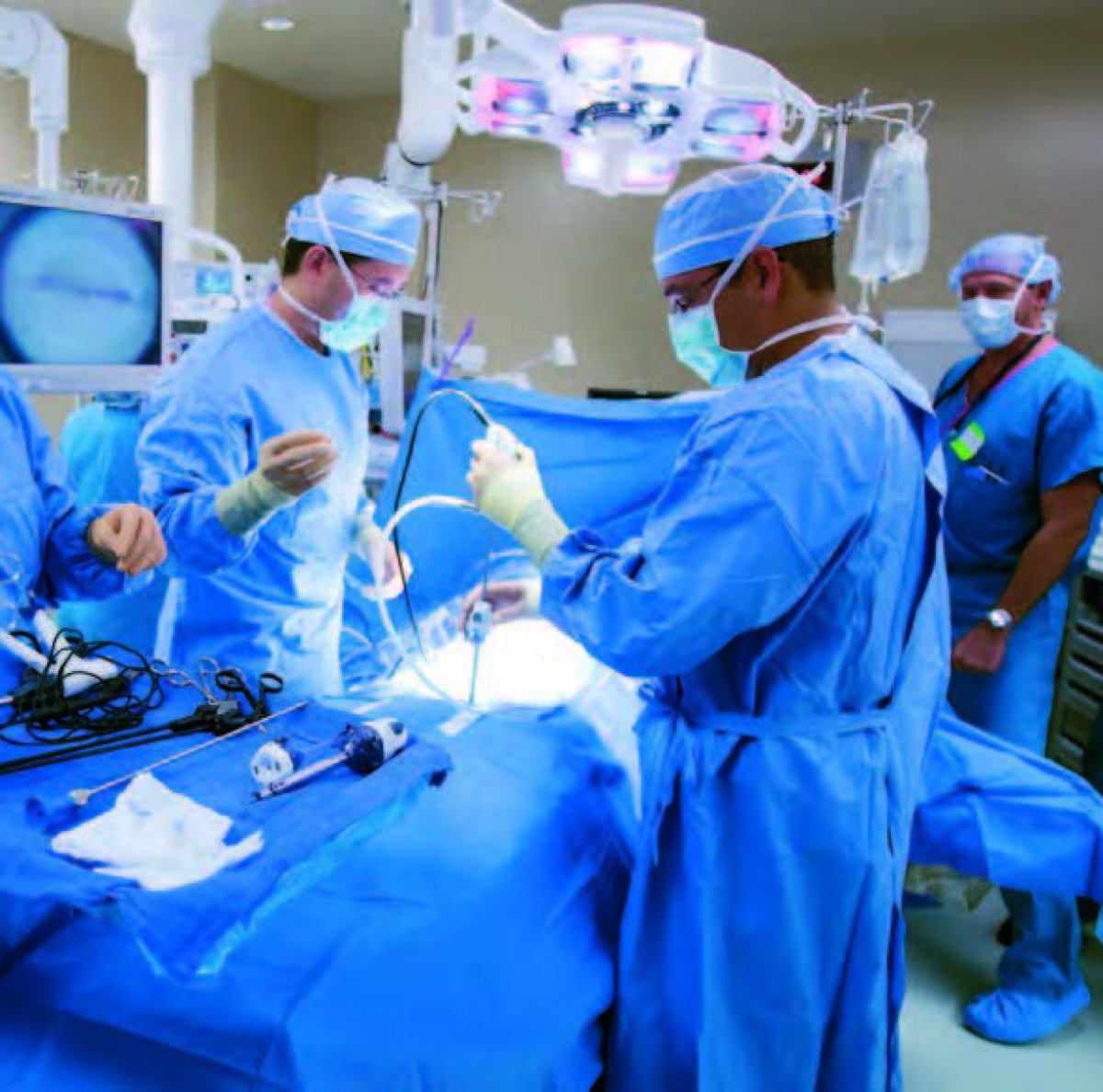 28 September 2021
28 September 2021
You are Safe with Bodygard!
Price Offer / Sample RequestYou are Safe with Bodygard!
Price Offer / Sample Request
Blog
 28 September 2021
28 September 2021
You can sign up for our newsletter to be informed
about innovations about Bodygard.